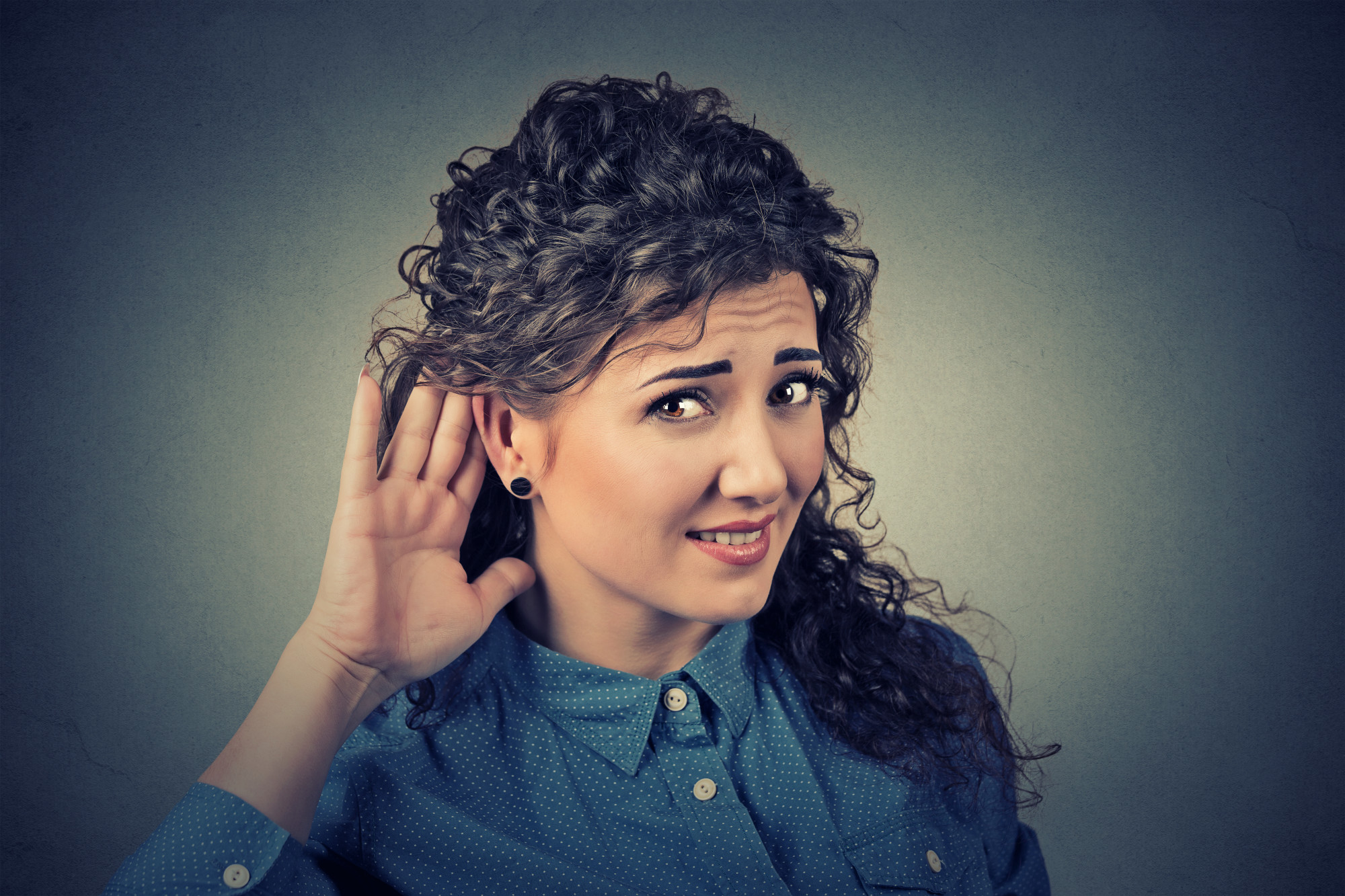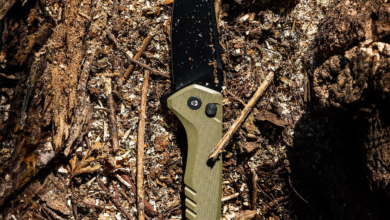
Easy on the Ear: Your Essential Ear Stretching Guide
Lend me your ears. But try to lend me long ones. The average ear is 2.5 inches long, with an ear lobe that is .74 inches long.
This is enough to accommodate most earrings and small pieces of ear jewelry. Yet it can be hard to notice earrings. If you want to call attention to your ears and jewelry, you should follow an ear stretching guide.
But what exactly is ear stretching? How do you start stretching your ears? What are some ear stretching safety tips you should follow through time?
Answer these questions and you can keep your ears beautiful and healthy without a hassle. Here is your quick guide.
Table of Contents
Know About Ear Stretching
Ear stretching involves stretching out holes in your ears over weeks or months. It goes beyond just getting your ears pierced. If you follow ear stretching tips, you can make your ears large enough to accommodate piercings the size of soda cans.
Once the process starts, it is hard to reverse. You can make your ears smaller again, but it takes a lot of time and it can be painful.
Study ear stretching and understand what looking after stretched ears will entail. Look at photographs of people with ears of different sizes. Decide where you want to stop and read about what you have to do in order to get to that point.
Get Your Ears Pierced
If you already have your ears pierced, you can begin the stretching process. If you have not, you need to get your ears pierced in order to begin.
You can try piercing your ears yourself. But you may leave scars or cause excessive bleeding.
You should go to a licensed piercer and have them puncture the holes in your ear lobes. You should also ask to have small pieces of body jewelry put in. This will let you assess the kinds of jewelry that you like.
The process of getting your ears pierced may be painful. Pick a weekend or a day you have off from work so your pain won’t disadvantage you. Spend some time after the piercing so you can rest and heal.
Wait a few months for the skin to heal entirely. If you start stretching your ears too soon, you risk leaving a scab or opening your skin to infection. If you develop scarring, wait until the scars have healed before you continue.
Buy Tools for Ear Stretching
While you are recovering, you can get some tools for stretching. Tapers are long and spiky objects that you put into your piercings in order to stretch your skin out.
You can find acrylic or steel tapers. Steel tapers may be easier to slide into your piercings, but acrylic ones tend to be cheaper.
Tapers have their own sizing system. 8G tapers are 3.2 millimeters in diameter while 00G tapers are ten millimeters. You can buy a set of tapers that go to the size you want, or you can buy tapers one by one as your ears get bigger.
Plugs are the round pieces of jewelry that sit inside the piercings and keep the ear stretched. You can find steel, titanium, and wood plugs.
You will need a lubricant so the tapers slide in through your ears. Coconut oil is fine to use, but you should avoid any substance that would irritate your skin. You should also avoid lubricants with additives, especially chemical ones.
Stretch Your Ears
Once your ear piercings have healed and show no signs of irritation, you can start stretching. Start by massaging your earlobes. You may want to use hot water, rubbing it on your ears so blood flows there.
You can then wash your hands so there are no germs on them. Sterilize your equipment with antibacterial rubbing alcohol, including your plugs. You can dry the tools off and then lubricate them.
When you’re ready, place the thin side of your taper into one piercing. Move the taper slowly and stop when you reach the size you want or if you experience discomfort. Watch what you are doing in the mirror so you get a good look at how things are going.
Leave the taper in its position as you put the plug in. Put it at the taper’s thick end and then slide it into place in your piercing. If you would like, you can put in gauge earrings at this point.
You can then do the same process on your other ear. Do not stretch both ears at once.
Care For Your Ears
Start with ear stretching aftercare right away. Leave your ears alone unless you have extensive bleeding or irritation. If you keep touching them, you risk knocking the plug or earring out.
Wash your ears once in the morning and once at night. Use warm water and natural soap that does not chap the skin. You should also soak your ears in saltwater for a few minutes to keep the skin soft.
Massage your earlobes with an essential oil so they heal properly. You can massage them once or twice a day, depending on how things are going. Wait at least six weeks before you stretch your ears again, and adjust your wait time if you suffer from skin irritation.
Get Your Ear Stretching Guide
Before you start stretching your ears, you should read an ear stretching guide. Ear stretching can be hard to reverse, so be ready for any complications.
Get your ears pierced and keep the piercings clean. Buy the tools you need for ear stretching, including lubricants for easy insertion.
Stretching involves inserting tapers through your piercings without damaging too much skin. Stop if you feel pain. Follow good ear stretching safety protocols by keeping your lobes clean and soft.
Ear stretching is one way you can improve your fashion sense. Read more fashion guides by following our coverage.








